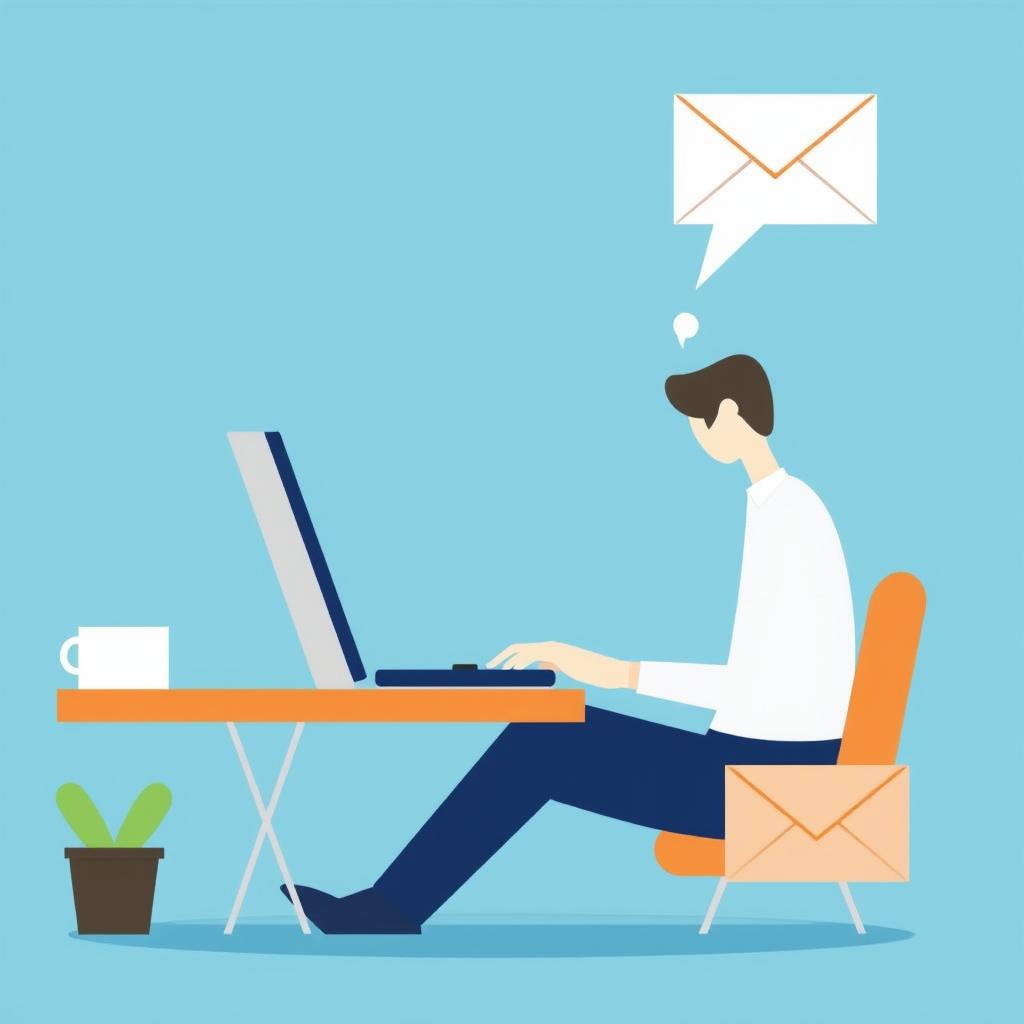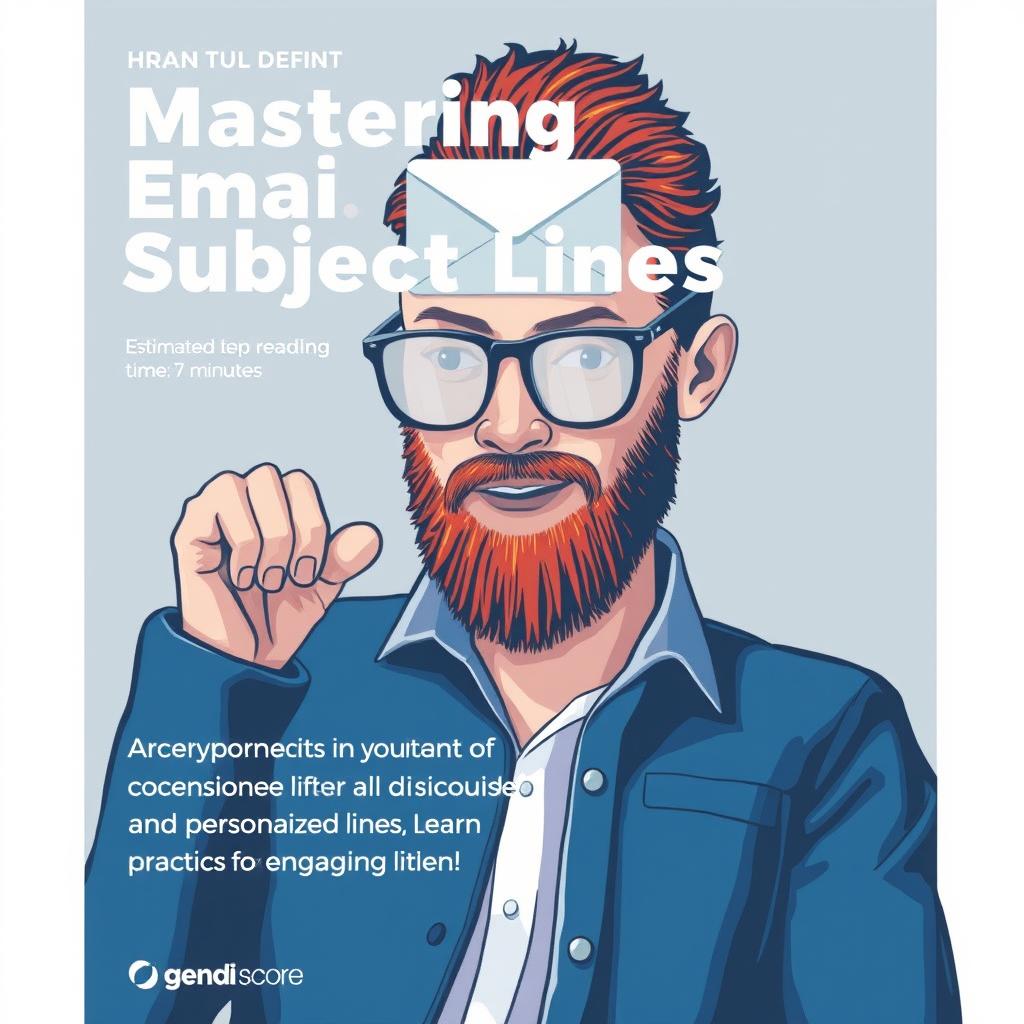Concise Communication: Mastering the Art of Email without Overexplaining
Estimated Reading Time: 6 minutes
- Effective communication is crucial in the workplace.
- Over-explaining can hinder productivity and relationships.
- Utilize bullet points and templates to convey clear messages.
- Seek feedback to continuously improve your email practices.
- Explore resources at professionalizeitto.me for further guidance.
Table of Contents
Introduction
In the modern workplace, effective communication isn’t just a nice-to-have—it’s a necessity. As professionals, we’re often inundated with a barrage of emails each day. It’s no wonder the average employee spends about 28% of their workday reading and responding to these messages. While clarity is vital, the paradox is that overexplaining can lead to hidden costs that erode productivity and hinder professional relationships. The challenge lies in striking the perfect balance between providing adequate information and maintaining brevity.
Over-explanation frequently manifests in several ways: excessive detail can frustrate recipients, obscure critical messages, and even project a lack of confidence. If you’ve ever found yourself sending—or receiving—a lengthy email packed with unnecessary details, you’ll know the costs are more than just frustrating. The ramifications include wasted time, reduced clarity, and an impaired professional perception. Additionally, when emails become bogged down with superfluous information, they can strain relationships and ultimately diminish productivity.
So, how do we combat the urge to overexplaine while still ensuring our messages are clear? The answer is not to eliminate detail altogether but rather to hone our communication skills. By doing so, we not only respect our recipient’s time but also enhance our professional image and foster stronger workplace relationships. In this post, we’ll delve into best practices for effective email communication, share examples, and present templates that can aid in crafting your messages with clarity and confidence. Let’s take a look at transforming your email practice into a tool that enhances productivity rather than hinders it.
Examples and Templates
To illustrate the pitfalls of overexplaining, consider this common scenario: you need to communicate a simple project update. Instead of sending a concise email, you write a lengthy message loaded with context and background information. The recipient, overwhelmed by the volume of text, perhaps misses the deadline or action items. This not only leads to miscommunication but also costs precious time for both parties.
Let’s break down some tangible examples and solutions to help you refine your emailing technique:
1. Use Bullet Points and Summaries
Example: Instead of crafting a paragraph that details every facet of your project update, consider this format:
- Project Update:
- Status: On track for completion.
- Next Steps:
- Finalize design (Due: Friday)
- Review with stakeholders (Meeting: Tuesday)
Template:
Subject: [Project Name] Update
Hello [Recipient’s Name],
Here’s a brief update on [Project Name]:
- Status:
- Next Steps:
- [Task 1] (Due: [Date])
- [Task 2] (Next Meeting: [Date])
Let me know if you need further details.
Thanks,
[Your Name]
2. Employ Visual Aids
Visual aids like charts or graphs can convey complex information more efficiently. For instance, rather than elaborating on project timelines in text, a simple Gantt chart can succinctly communicate progress.
3. Tailor Communication to Your Audience
Before crafting your email, consider your recipient’s familiarity with the subject. For instance, a seasoned team member might prefer a succinct update, while someone new might require a bit more background.
4. Practice Active Listening
Understanding the question or concern before responding can prevent overexplaining. Take a moment to summarize the sender’s message before you craft your reply.
5. Seek Feedback
Encourage colleagues to provide feedback on your communication styles. Identify areas where you might be prone to overexplaining, and make a conscious effort to improve.
6. Utilize Templates and Canned Responses
Create templates for common communications. This ensures consistency and saves precious time. For common queries, having a template ready can significantly streamline your email process.
Get Started With Professionalize It
The art of concise communication is within your reach. To further empower yourself, explore the resources we offer at professionalizeitto.me. Here’s how to get started:
- Subscribe to our newsletter for weekly tips on effective communication.
- Book a consultation to receive personalized guidance tailored to your specific needs.
- Access premium resources available on our site, designed to enhance your written communication capabilities.
Don’t let unnecessary details hinder your professional growth. Let professionalizeitto.me be your guide to mastering the art of communication. Together, we can transform every email into a powerful tool that drives clarity and fosters productivity.
FAQ
- What is the importance of concise communication?
Concise communication saves time, improves clarity, and fosters better relationships. - How can I avoid overexplaining in emails?
Use bullet points, visual aids, and consider your audience’s background. Seek feedback regularly. - Where can I find resources for improving my email communication?
Visit professionalizeitto.me for various resources and tools designed to help you streamline your communication.

